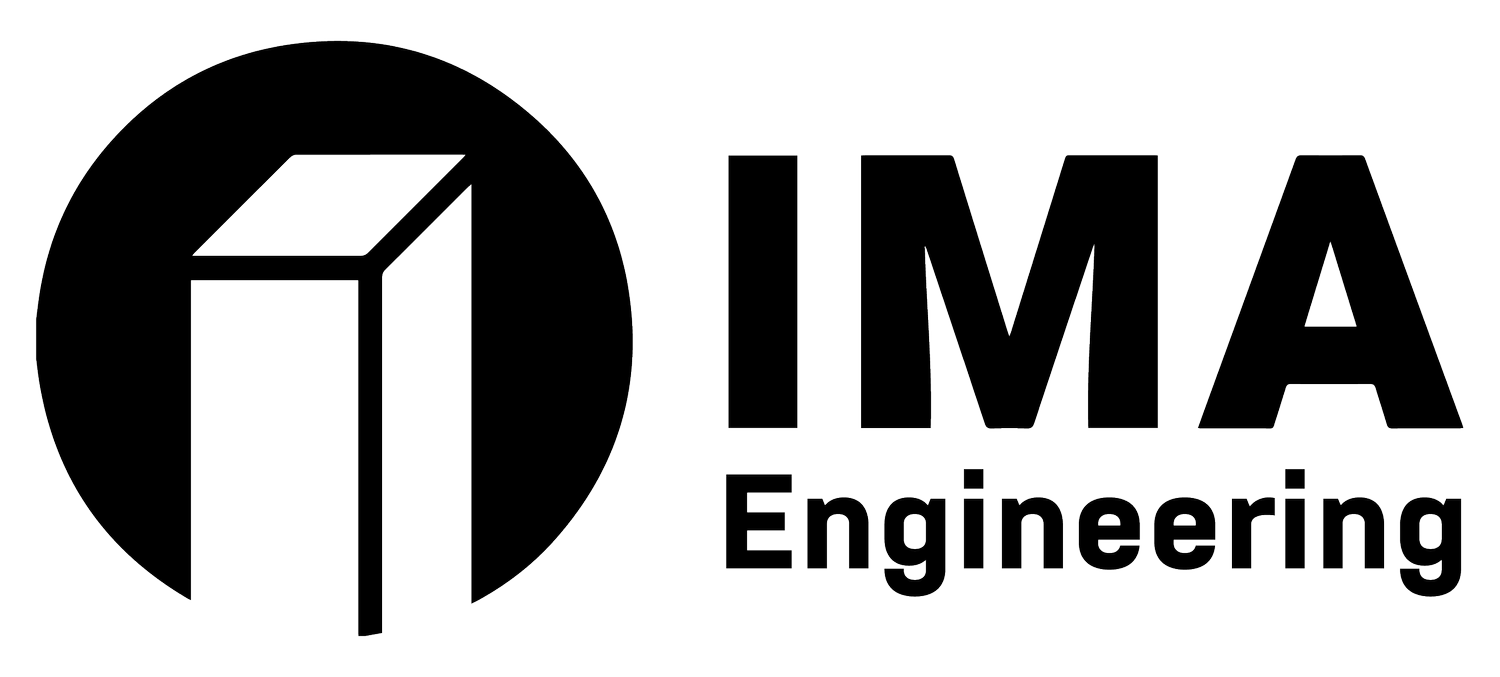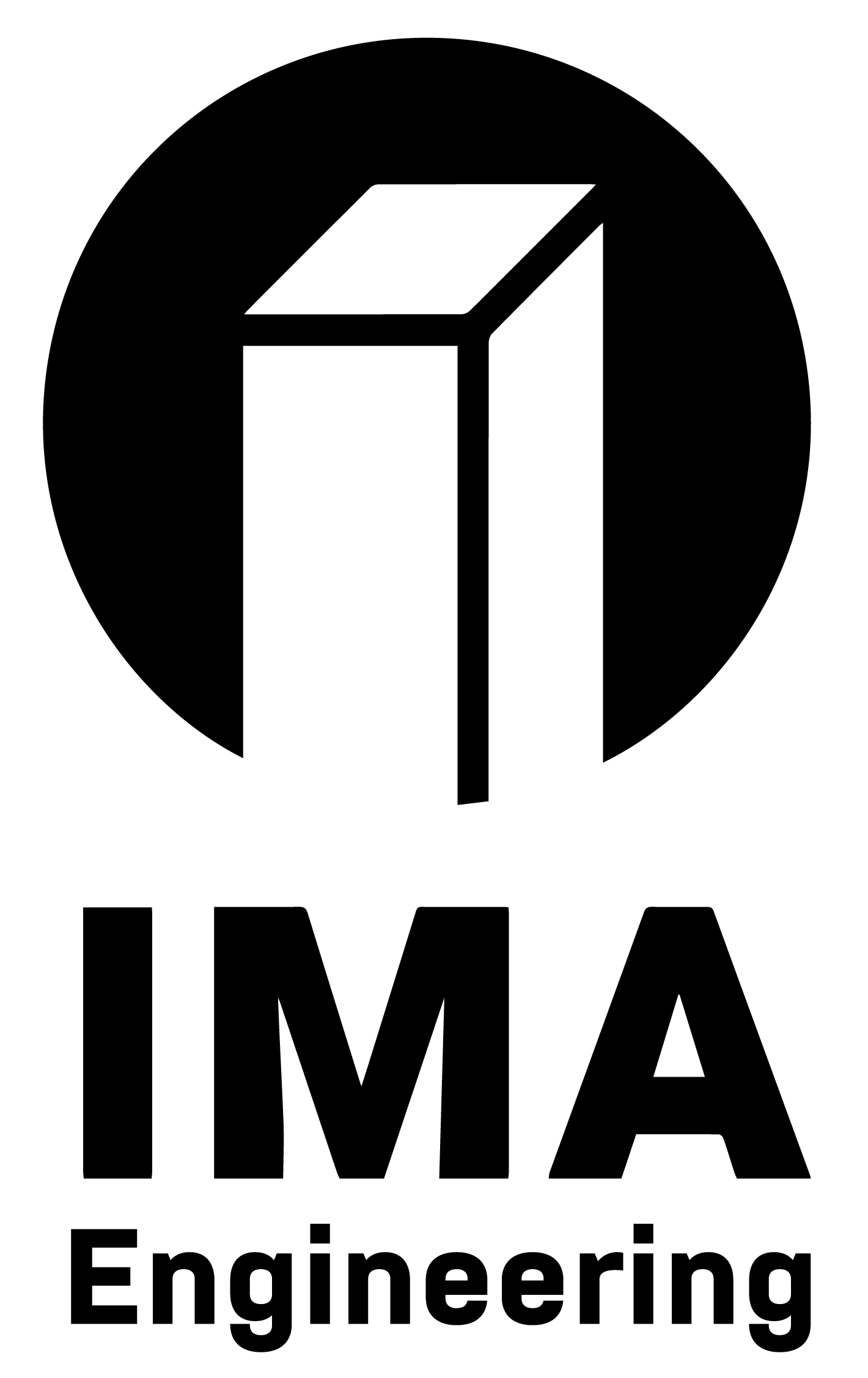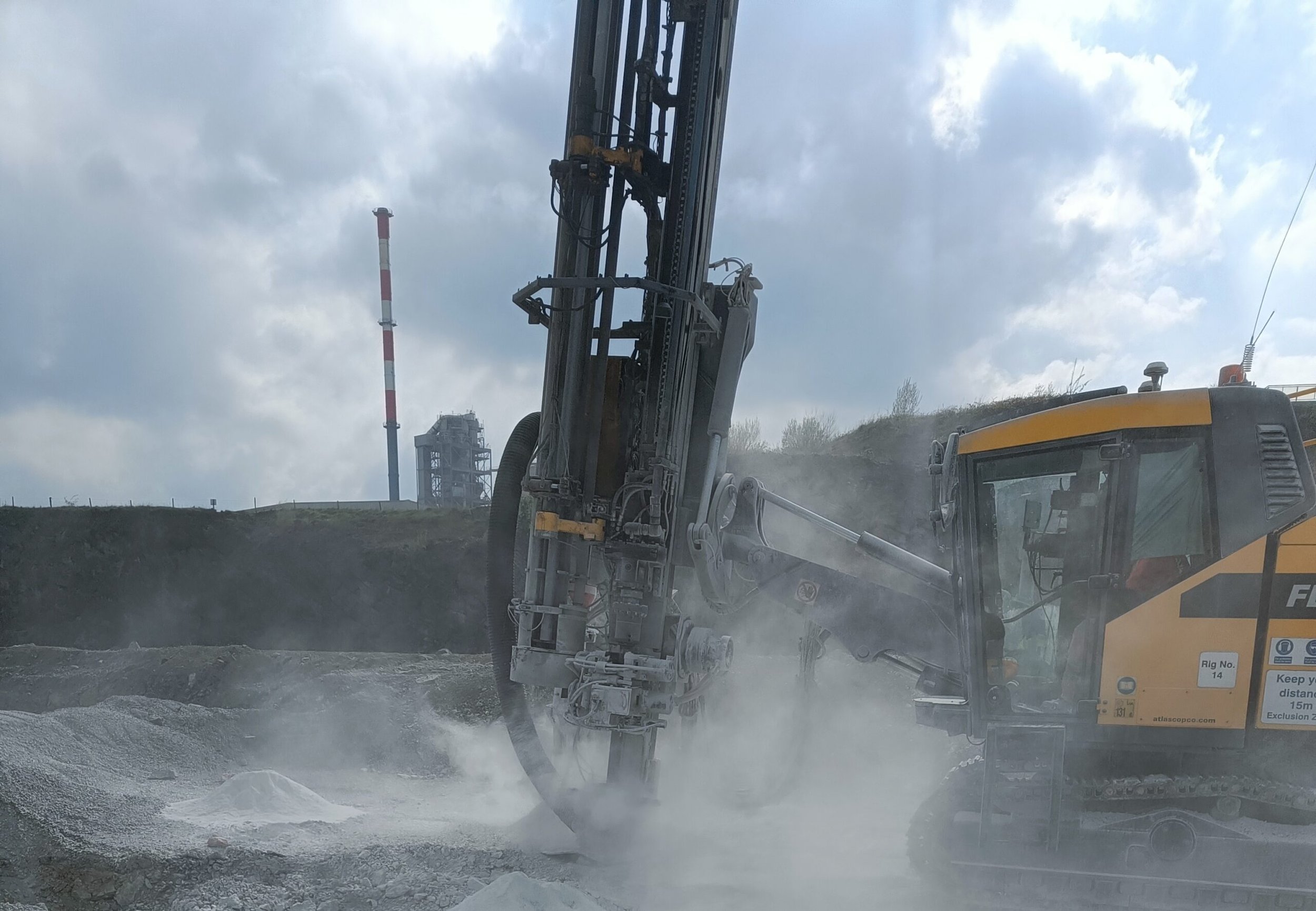IMA Autosampler - Prevent risks of silica exposure in mining
The Mine Safety and Health Administration (MHSA) wants to prevent risks of silica exposure to airborne dust in mining work. Using IMA smart mining technology reduces risks of silica exposure, in mining. Silica is a common mineral in many types of rocks, such as quartz, sandstone, granite, and shale. Drilling, crushing, or blasting these rocks, releases tiny particles of silica dust into the air.
So, the MHSA from the U.S. Department of Labor proposed to amend the federal standards. from the U.S. Department of Labor proposed to amend the federal standards. They explained that their proposal should halve the quantity of silica dust Permissible Exposure Limit.
The dust poses a serious health hazard for workers who inhale it, as it can cause silicosis, a chronic lung disease that leads to scarring and inflammation of the lung tissue. Silicosis can also increase the risk of other respiratory problems, such as tuberculosis, bronchitis, and lung cancer.
Chris Williamson, Assistant Secretary for Mine Safety and Health explained that the act aims to “prevent more miners from suffering from debilitating and deadly occupational illnesses”. This would be achievable “by reducing their exposure to silica dust”.
A key activity in mining operations is blast hole drill cuttings sampling. This ensures ore is being sent to process as valuable ore, while waste is directed to the waste dump. But this phase exposes workers to respiratory silica dust.
Still, smart mining technology can help achieve health and safety goals.
IMA Autosampler can prevent the risk of silica exposure
To prevent risks of silica exposure, we have developed an automated sampling system – the Autosampler. It can collect drill-cutting samples without any human intervention. It consists of a vacuum drill dust collection system which is already integrated into drill rigs or can be installed as a retrofit.
The vacuum system sucks up the cuttings from the drill hole, while a sample splitter splits and collects the samples into longitudinal dust-proof sample socks, which store the sampled cuttings. The drill rig operator controls it remotely, from the dust-proof safety of their drill cabin.
“We have already received requests from a mining company in Nevada. So, mining companies become more aware of the value of good employees, and they do not want to expose them to health hazards,” Ilpo Auranen, Chairman of The Board of IMA Engineering mentioned.
The automated sampling system has several advantages over manual sampling methods. First, it can prevent risks of silica exposure of workers, by eliminating the need for them to approach the drill hole or handle the cuttings in the duty and, noisy and dangerous location during drilling. Secondly, it can improve the accuracy and reliability of the sampling process by collecting representative samples at regular intervals and avoiding contamination or loss of material. Third, it can increase the efficiency and productivity of the drilling operation by reducing labor costs associated with manual sampling.
A proven solution for the health and safety of mining personnel
IMA has tested the automated sampling system in several mining sites and obtained positive results. The system has demonstrated its ability to collect high-quality samples with minimal errors and delays. The system has also received positive feedback from the workers and managers who have used it or observed it in action. They appreciated its ease of use, safety features, and performance.
“We believe that the IMA automated sampling system is a valuable tool to prevent risks of silica exposure in mining work. It can help mining companies comply with occupational health and safety regulations, protect workers from harmful dust, and optimize their drilling operations. We are confident that the automated sampling system can make a difference in improving the health and safety of mining workers around the world,” Ilpo Auranen noted.
What is IMA Engineering?
IMA Engineering has used on-line sensors for analyzing ore and waste rock in mining for over 25 years. Today IMA on-line sensors are used in various stages of the mining process including on-line analysis of drill cores, drill chips, ore, and waste in loader buckets, ROM ore analysis on conveyor belts and in bulk ore sorting, as well as in slurry analysis in concentrators.
Book a time to talk to one of our experts. Follow us on Twitter and LinkedIn and stay up-to-date with the latest IMA news.




